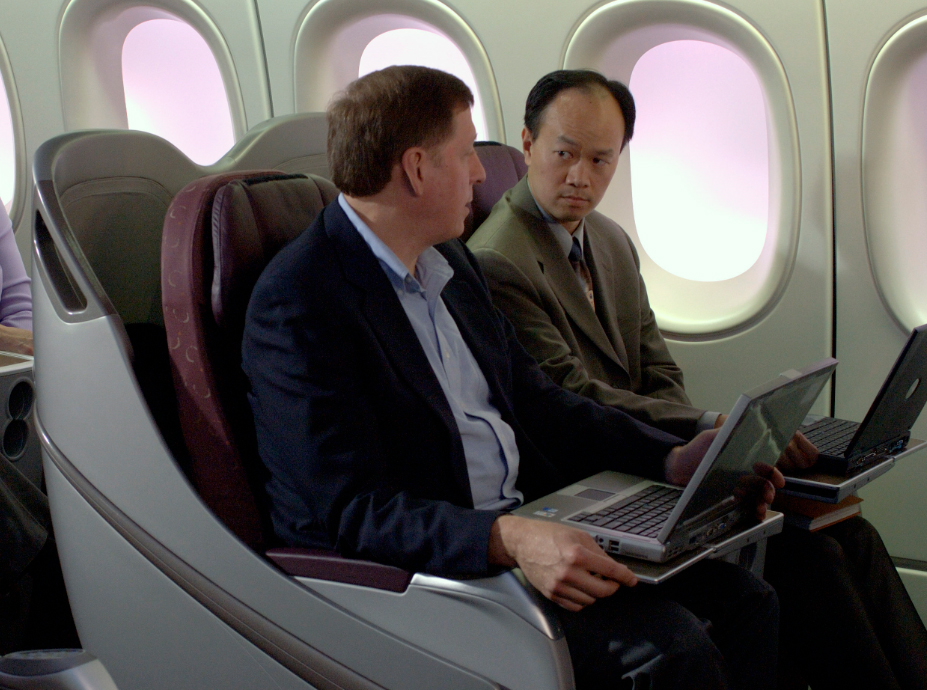Bans to be lifted
31 October, 2013
3 min read


Travelers will soon be able to play games, read electronic books and watch videos on their electronic devices throughout the entire flight -- not just above 10,000ft – according to a new directive from the US regulator.
However the Federal Aviation Administration will not allow the use of mobile phones unless the plane is fitted with a pico cell or receiving station.
The ruling follows months of consultation with aviation experts but doubts still remain within the industry.
It means passengers can read e-books, play electronic games and watch videos during virtually all phases of flight. The U.S. Federal Aviation Administration says there will only be “very limited exceptions” – such as very low-visibility landings – to the new gate-to-gate policy.
The U.S. Federal Communications Commission will still forbid cell phone calls in-flight. That doesn’t change. If your video content is on your smartphone, the device will have to be switched to airplane mode. If the airline on which you’re flying (that means most of them in the U.S.) offers W-Fi, you can use it.
Here’s the reason for the move at this time: the Portable Electronic Device Aviation Rulemaking Committee, the ARC, concludes most commercial aircraft can tolerate radio interference generated by PEDs. In a recent report they recommended FAA provide carriers with new procedures so the agency can determine whether their aircraft can handle that radio interference. Once an airline verifies it can, flyers can use the devices gate-to-gate.
Low-fare, high-touch JetBlue wants to be the first airline to permit passengers to use PEDs in this fashion. It’s already filed with FAA for the go-ahead. Says JetBlue Chief Commercial Officer Robin Hayes, “The rules have caught up with technology.”
But some concerns linger.
Pilots have reported a number of cases of suspected electronic interference from passenger's devices.
According to a survey from the International Air Transport Association there were 79 instances of electronic interference between 2003 and 2009.
Of those 29 related to mobile phones.
Although very rare given the number of flights each year – 36.5 million - reports do suggest that interference can impact every aircraft system.
Airlines in the US will now be asked by the FAA to prepare strategies for the implementation of the lifting of the ban below 10,000ft.
Delta Air Lines and JetBlue have already announced that they have filed plans with the FAA.
Airlines however will also have to demonstrate that their planes can tolerate electronic interference.
But the FAA cautioned that "in some instances of low visibility - about one per cent of flights - some landing systems may not be proved PED tolerant, so you may be asked to turn off your device."
The Air Line Pilots Association is cautious.
"We remain concerned that relying on passengers to selectively turn off their devices in areas of extremely poor weather is not a practical solution.”
In Australia the Civil Aviation safety Authority said it would examine the US decision.
Get the latest news and updates straight to your inbox
No spam, no hassle, no fuss, just airline news direct to you.
By joining our newsletter, you agree to our Privacy Policy
Find us on social media
Comments
No comments yet, be the first to write one.


